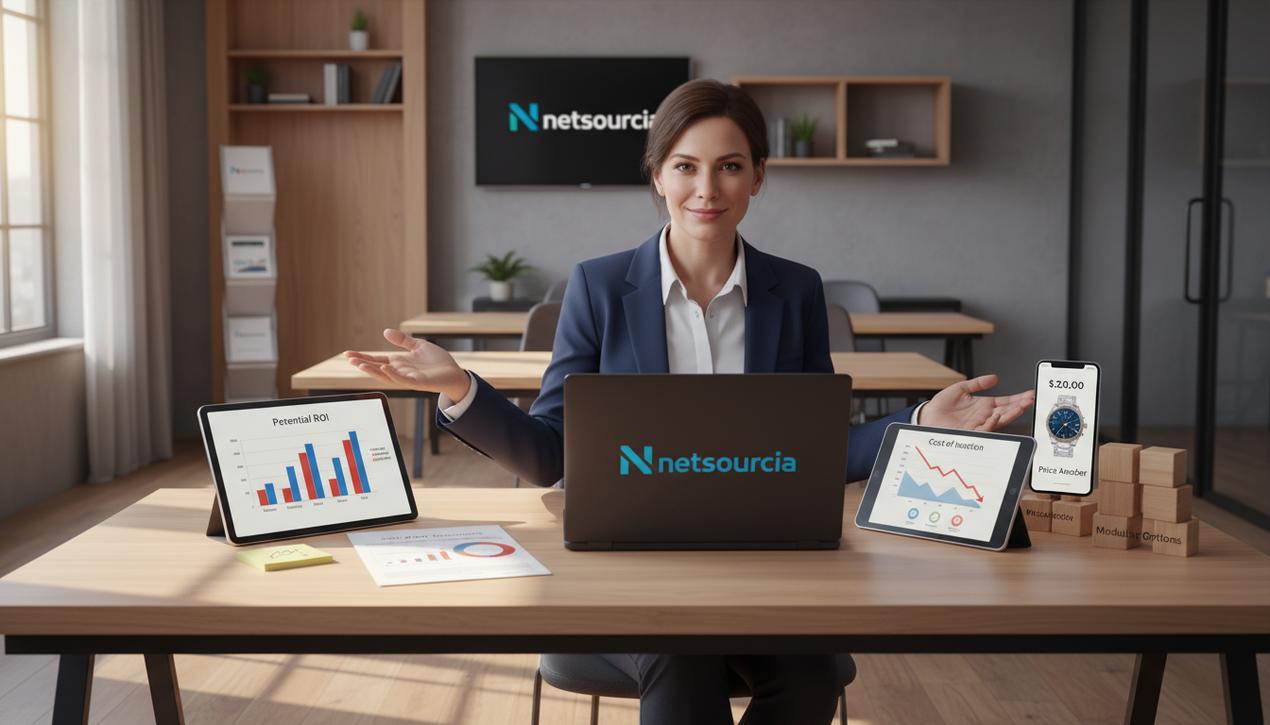“It’s Too Expensive”: 6 Ways to Respond in 2025


The phrase “it’s too expensive” is undoubtedly the most common and feared objection in any sales professional’s or freelancer’s day. It often comes at the end of a long conversation, threatening to derail hours of work and persuasion. However, this objection is rarely a dead end. Studies on B2B purchasing behavior for 2025 reveal a fascinating insight: while over 60% of negotiations hit a snag on price, fewer than 20% of deals are actually lost for this reason alone. In reality, this statement is a signal, an invitation to dig deeper. It often masks an insufficient perception of value, a lack of trust, or is simply a negotiation tactic. Immediately lowering your price is the worst possible strategy; it devalues your offer and erodes your margins. True skill lies not in making concessions, but in reframing the conversation from cost to investment, from price to value. This complete guide provides six proven strategies to turn this objection into an opportunity to strengthen your proposal and close the deal.
The Price Objection: Why It’s Almost Never About the Money
Before you even formulate a response, it’s crucial to understand the psychology behind the price objection. When your prospect says your offer is “too expensive,” they aren’t just comparing a number to their budget. They are performing a complex mental calculation, weighing the perceived financial sacrifice against the expected gain. If the scale tips toward sacrifice, the objection surfaces. Current trends in consultative selling show that the buying experience and the trust-based relationship are increasingly decisive factors, sometimes even more so than the price itself.
Decoding the Hidden Message Behind the Price
A price objection is rarely what it seems. It can mean several very different things:
- Lack of Perceived Value: “I don’t understand why your solution is worth this price compared to others or compared to doing nothing at all.”
- Negotiation Tactic: “I’m used to negotiating all my contracts, and I’m testing your limits to see if I can get a better deal.”
- A Real Budget Constraint: “I would genuinely love to work with you, but my allocated budget for this quarter is truly lower than your proposal.”
- Lack of Trust: “I’m not yet fully convinced that you can deliver on your promises and achieve the results you’ve advertised.”
- Need for Internal Justification: “I have to present this expense to my manager, and I need solid arguments to justify such an investment.”
Therefore, your first reflex should not be to respond, but to identify the true source of the friction. The key is to shift from a defensive posture to one of active listening and diagnosis.
6 Strategies for Responding to the “It’s Too Expensive” Objection
Once you understand that the objection is a question, not a rejection, you can deploy effective strategies to address it. The goal is to build a bridge between your price and the value the client will receive from it.
1. Validate and Question: The Empathy-First Method
Instead of becoming defensive, start by showing that you understand your client’s perspective. This validation defuses tension and opens the door to a constructive dialogue. Never say, “No, it’s not expensive.” Instead, say something like, “I completely understand that budget is an important consideration for you.” Then, follow up with an open-ended question to encourage them to elaborate: “To make sure I understand correctly, could you tell me what you’re comparing our price to? Is it another offer, your internal budget, or the value you were expecting?” This approach allows you to diagnose the true nature of the objection.
2. Pivot to Return on Investment (ROI)
This is the most powerful strategy. You must shift the conversation from the “cost” of your solution to the “profit” it will generate. Customers don’t buy a product or service; they buy a result. Use concrete numbers and projections. For example: “If this $5,000 investment allows you to increase your team’s productivity by 15%, which translates to $15,000 in savings over the year, would you still see it as an expense or as a profitable investment?” Back this up with case studies from similar clients, which are easier to manage with the best free CRM software. Showing tangible results achieved by others is the most persuasive argument you can make.
3. Deconstruct the Offer to Illustrate Value
When faced with a competitor that seems cheaper, your mission is to justify your price difference. Never criticize the competition. Instead, highlight what your price includes that others likely do not offer. Break down the components of your offer: “Our price might seem higher, but it includes 24/7 dedicated customer support, three training sessions for your team, and access to all major updates for two years. These elements, often billed as extras elsewhere, are essential to ensuring your long-term success.” This transparency allows the client to make a fair comparison and understand the hidden value behind the number.
4. Compare It to the Cost of Inaction
Sometimes, your most formidable competitor isn’t another company—it’s the decision to do nothing. Highlight what the current problem is costing your prospect. “Right now, how many hours does your team lose each week on this task? How many business opportunities are you missing due to this inefficiency?” By quantifying their current pain, you anchor the price of your solution not as a new expense, but as the solution to an existing and often much more costly loss.
5. Propose Modular Options (Without Devaluing Your Offer)
If you are facing a genuine and confirmed budget constraint, you can show flexibility, but do it intelligently. Do not lower the price of your initial offer. Instead, propose an adjusted version. “I understand your constraint. We could start with an Essentials package that covers your most urgent needs, X and Y. The Z module, which is an optimization, can be added later when your budget allows.” This allows you to secure the client, prove your value on a smaller scale, and preserve the integrity of your pricing.
6. Use Psychological Anchoring
This advanced negotiation technique involves presenting a premium, more comprehensive, and therefore more expensive option first. Even if you know the client is unlikely to choose it, this initial price serves as an “anchor point.” When you then present your standard offer, its price will seem much more reasonable in comparison. It’s a way of framing the perception of value before the price discussion even begins.
What You Should NEVER Do When Facing a Price Objection
Knowing how to respond is one thing, but avoiding common mistakes is another. Certain reactions can instantly kill a sale.
- Giving In Immediately: Lowering your price without any discussion sends a terrible message: either your profit margin was excessive, or your offer isn’t as valuable as you claimed. Studies have shown that a 1% price improvement without losing volume can increase profits by over 10%. Don’t sacrifice that profitability.
- Becoming Defensive or Argumentative: If the client feels you are taking it personally or trying to prove them wrong, they will shut down. A sale is a transfer of enthusiasm, not a debate.
- Apologizing for Your Prices: “I know it’s a bit expensive, but…” This phrase destroys your credibility. Be proud of your price, as it reflects the value you deliver.
Handling the “it’s too expensive” objection is an art that turns a moment of friction into an opportunity for connection. By shifting your mindset from seeing price as a barrier to viewing it as a dialogue about value, you fundamentally change the negotiation dynamic. Every time a client questions your rates, remember that it’s a chance to reaffirm your expertise, demonstrate the ROI of your solution, and prove that you are not just a vendor, but a true partner in their success. Mastering these strategies will ensure you not only close more sales but also close them at the right price, building stronger and more profitable client relationships for the long term.




